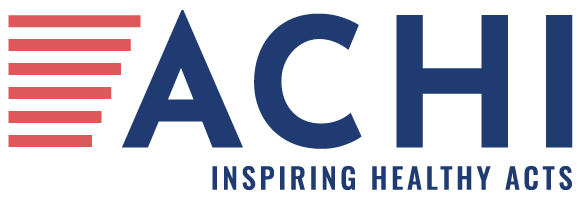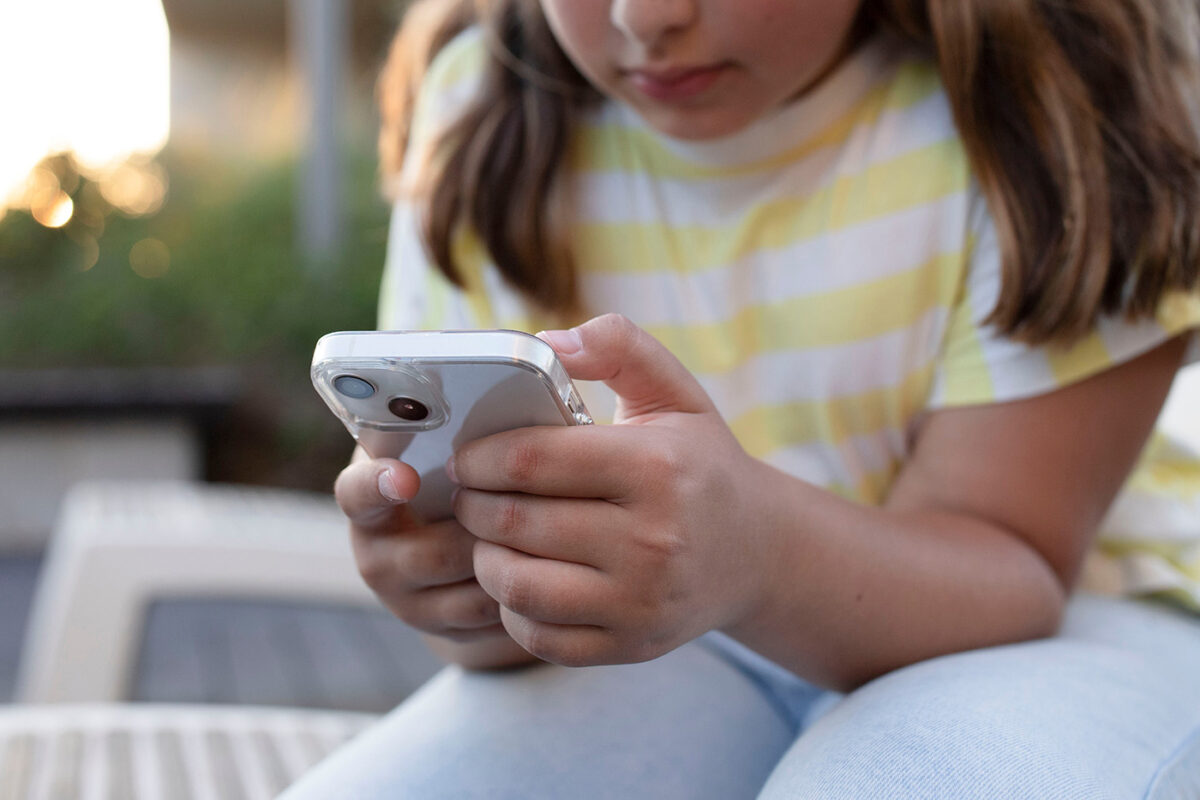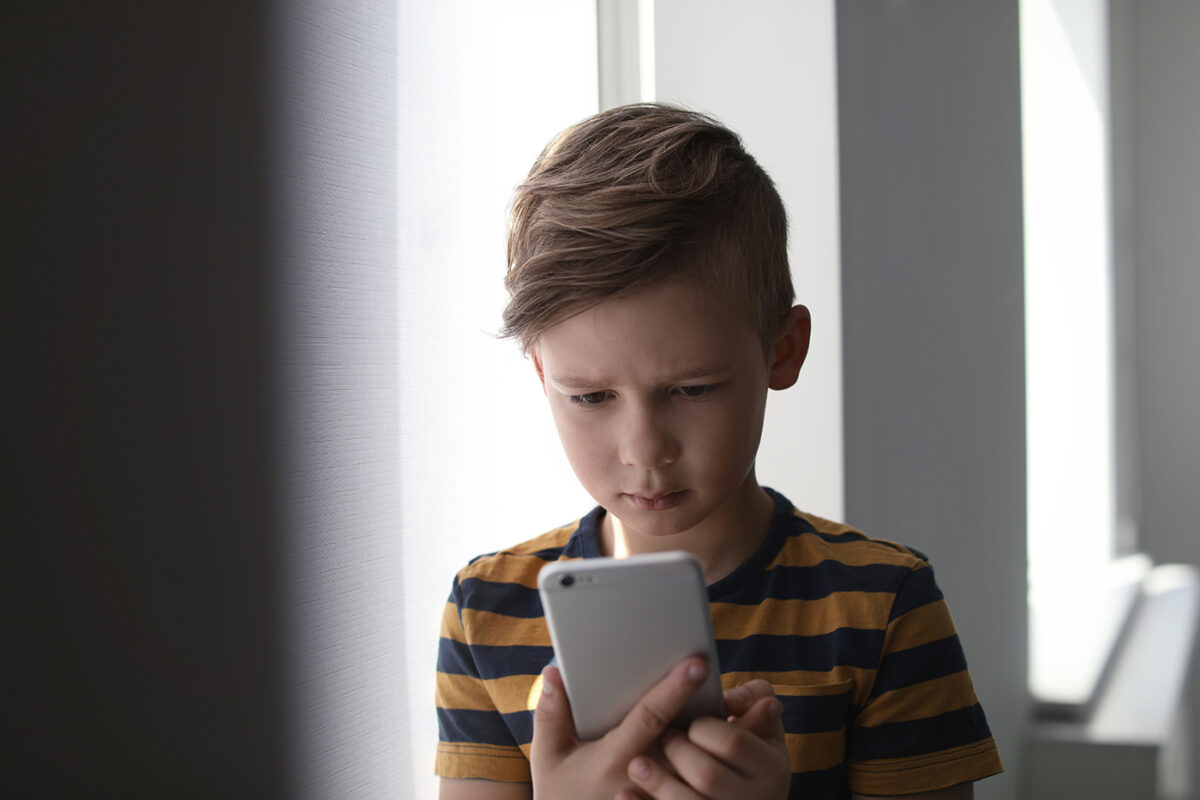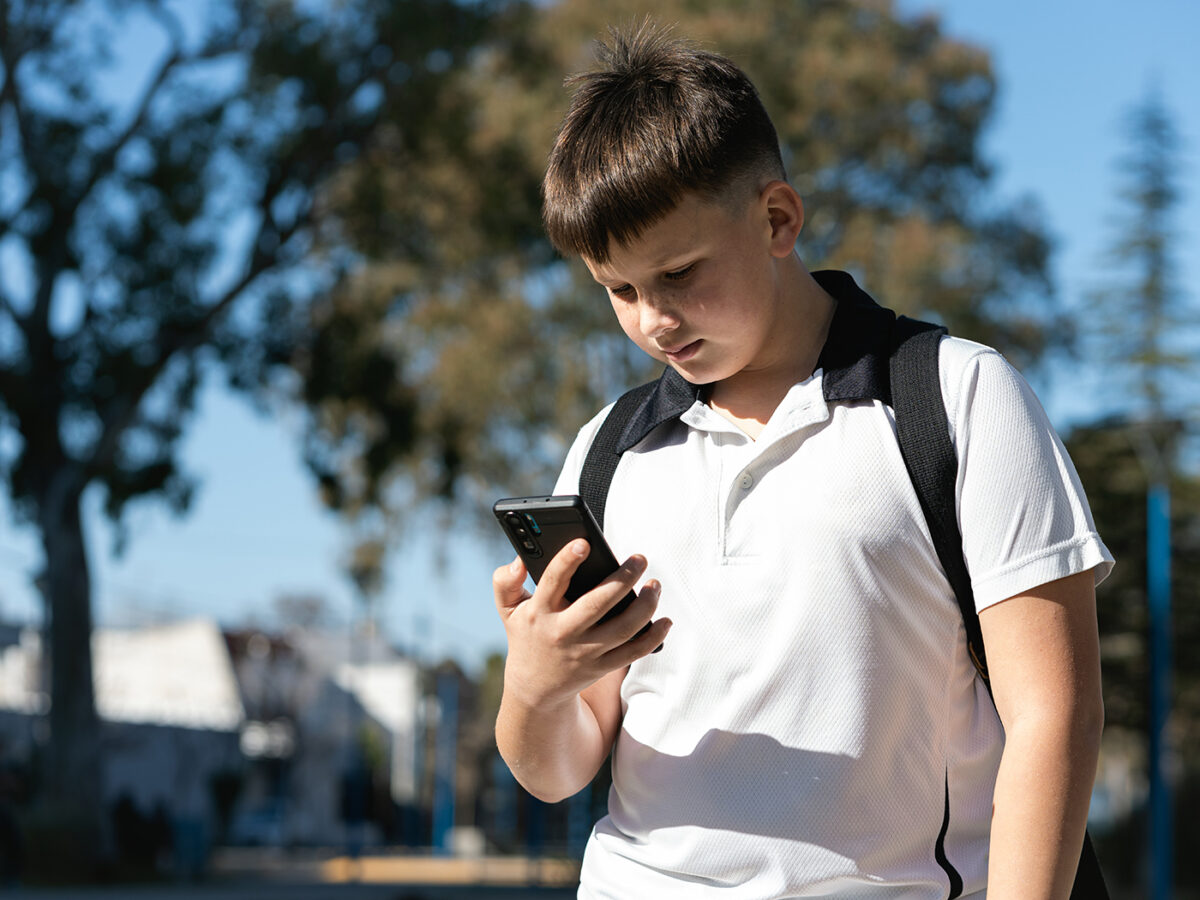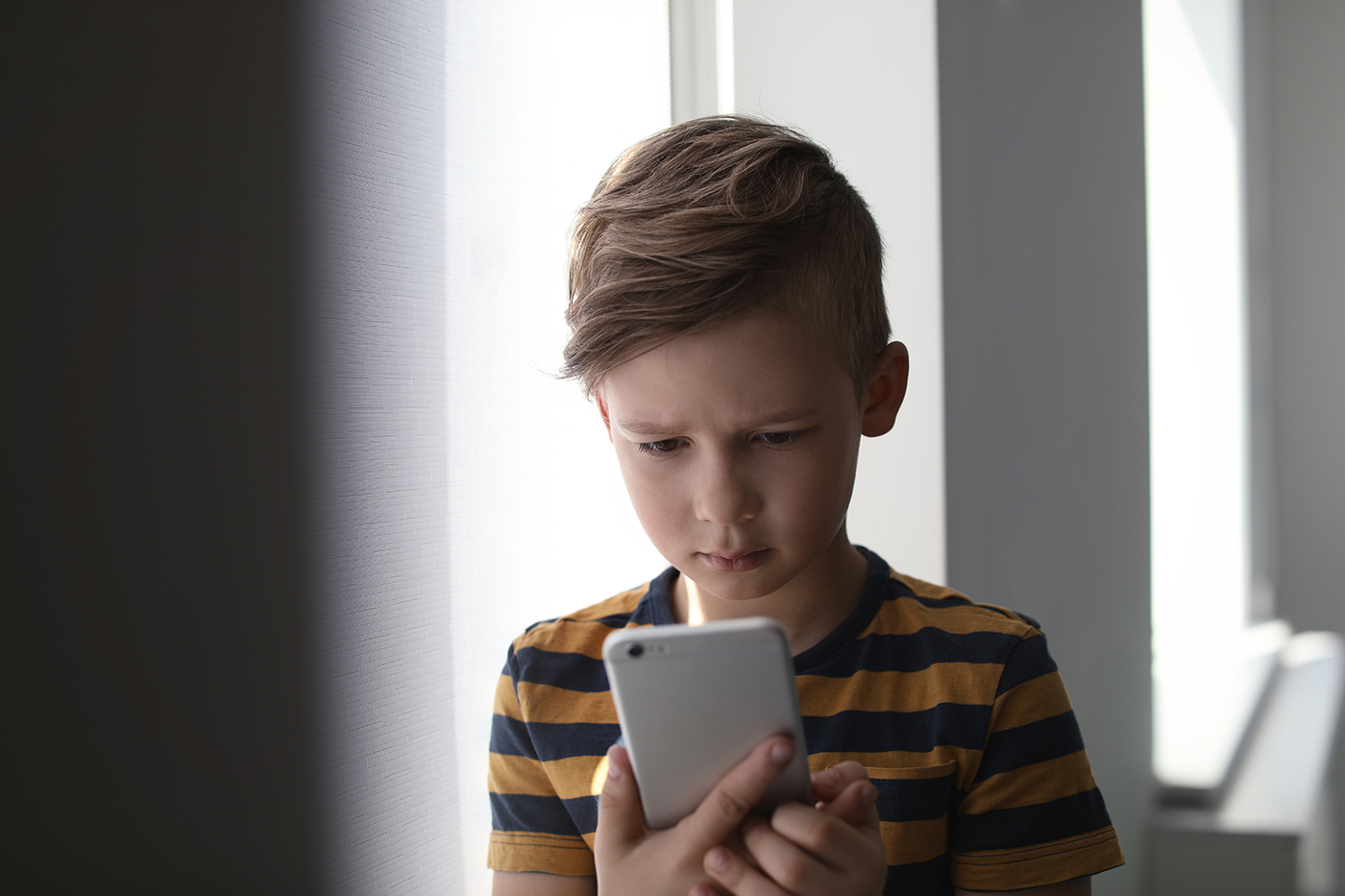
Author
Joshua Cook
Interim Director of External Relations
Contact
ACHI Communications
501-526-2244
jlyon@achi.net
Researchers, policymakers, educators, and families are increasingly focused on the potential impact social media use may be having on young people in the United States, noting the significant rise in mental and behavioral health diagnoses among children as social media has played a greater role in their daily lives. Concurrent with that rise, public health officials have witnessed a disturbing increase in the rate of suicides and suicide attempts by American youth.
According to a trends report from the Centers for Disease Control and Prevention (CDC), 22% of all U.S. high school students seriously considered attempting suicide in 2021, up from 16% in 2011. Across all ages, Arkansas’s suicide death rate increased by an alarming 41% between 2000 and 2018 according to an analysis by the State Health Access Data Assistance Center (SHADAC).
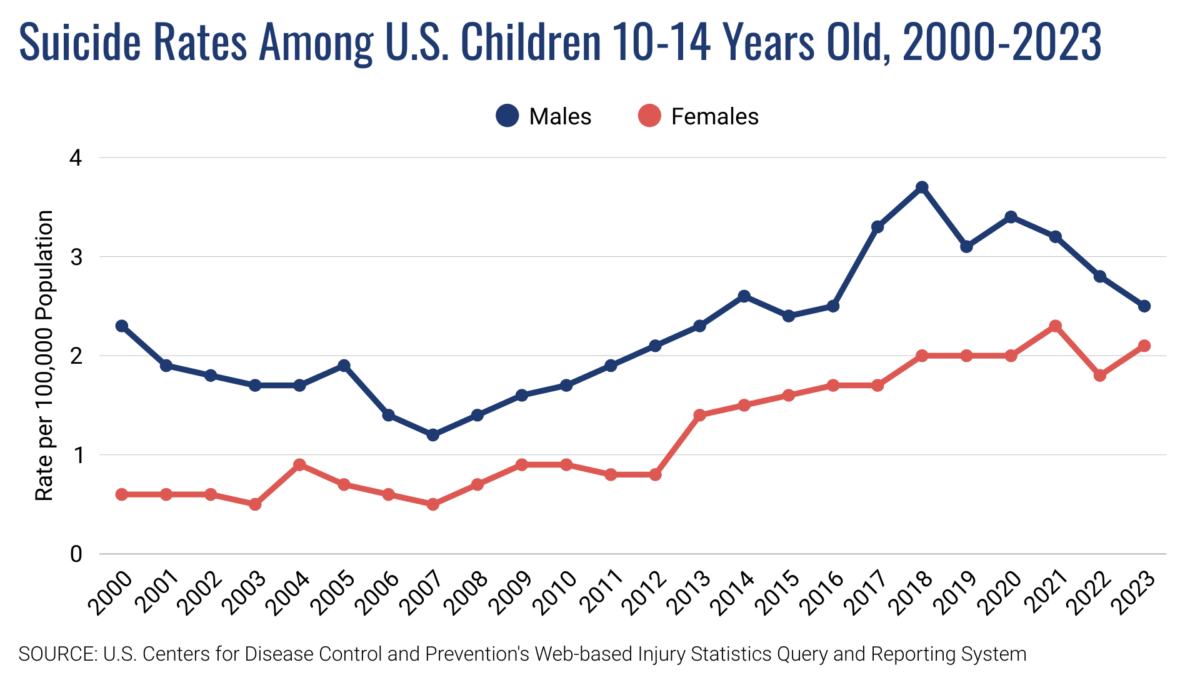
Despite having the lowest suicide death rate among all age groups, SHADAC data show that U.S. children ages 10-14 had a 95% increase in suicide deaths between 2000 and 2018, when the combined suicide rate for males and females peaked at 2.9 per 100,000. Outside of unintended injuries such as car crashes, rising rates of suicide have made it the leading cause of death for children and adolescents age 19 and under. The alarming nature of these statistics and the potential connection between youth social media use and rising mental health diagnoses and suicide rates have led to a groundswell of legislative action by states and communities trying to address the issue and a wave of new research trying to better understand what’s happening.
Connections Between Youth Social Media Use, Mental Health, and Suicide Risk
While more research is needed to fully understand the impact social media use and related advancements in technology are having on young people, researchers have identified several associations with negative outcomes. An October 2024 report by the CDC found that frequent social media use, reported by approximately three-quarters of U.S. high school students, was associated with a greater prevalence of bullying (both online and in person), feelings of sadness and hopelessness, serious consideration of suicide, and having made a suicide plan.
Social media use has also been associated with negative outcomes for younger populations. A recent report by the University of South Florida and The Harris Poll found that among 11-to-13-year-olds who posted to social media often, 28% had symptoms of severe anxiety, compared to 11% of those who never posted or shared online.
One area where the research is conclusive is that young people are spending more and more of their time online. A survey by the CDC’s National Center for Health Statistics noted that teens who had four or more hours of screen time each day, reported by half of 12-to-17-year-olds surveyed, were more likely to experience anxiety and depression.
Steps To Address Suicide Risk Linked to Social Media
As researchers examine the association between youth social media use and suicide risk, some see social media platforms as a key partner in developing a solution. One report highlights the potential for social media tools that leverage the platforms’ technology to identify at-risk youth more quickly.
One study found that limiting social media use to 30 minutes a day led to a notable reduction in depression severity among participants. The National Suicide Prevention Lifeline has also established best practices for suicide prevention on social media, including ways to report safety concerns to various social media platforms.
On the legislative front, Arkansas Gov. Sarah Huckabee Sanders and lawmakers have enacted multiple laws aimed at protecting Arkansas youth. In March, a federal judge blocked a 2023 Arkansas law that required social media platforms to verify the ages of all account holders in the state and prohibit users younger than 18 from accessing the platforms without parental permission. Lawmakers responded several weeks later with Act 900 of 2025, which more clearly defines covered social media platforms, lowers the age threshold to 16, and restricts platforms from using algorithms, notifications, or online bots to evoke addictive or compulsive behavior in Arkansas minors.
Act 901 of 2025 establishes a pathway for Arkansas families to sue social media platforms that allow algorithms to deliver content that contributes to the suicide or attempted suicide of a minor.
For more on social media and youth mental health, visit our topic page.
If you or someone you know may be considering suicide, call the National Suicide Prevention Lifeline by dialing 9-8-8 or contact the Crisis Text Line by texting HOME to 741741.


